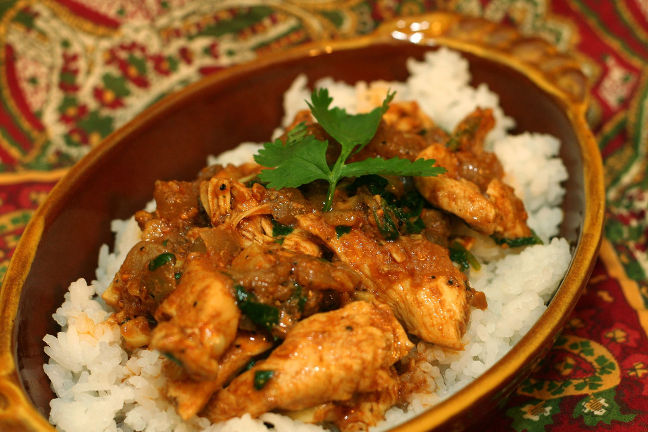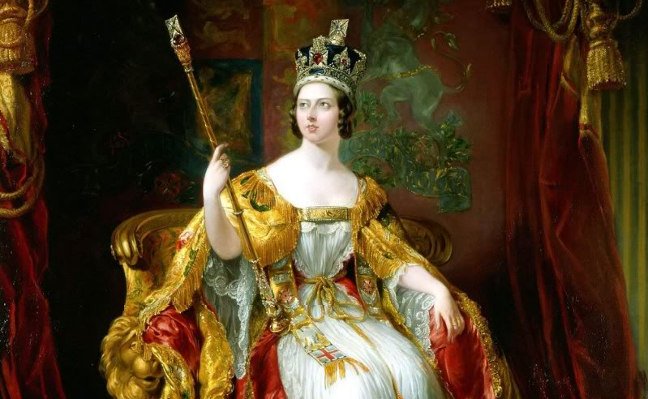One of India’s biggest cultural exports to The United Kingdom is the Curry.
Britishers love a good curry, so much so that it has almost become a British staple food alongside classics such as Fish & Chips and Shepherd’s Pie.
In a recent survey, 43% of the Britons chose Tikka Masala as their favourite comfort food.
Although the British fascination for spices can be explained in many ways, there’s one iconic woman who had perhaps the greatest influence in making the Curry more mainstream, the woman who ascended the throne in the month of June in 1837, Her Majesty Queen Victoria.
History of Curry
Indian food first graced British tables as far back as the 1700s when soldiers and tradespeople returned from the eastern colonies.
A curry recipe was first seen in Hannah Glasse’s Art of Cookery Made Plain and Easy, published in 1747.
The recipe, titled “How to make a currey [sic] the Indian way” combined boiled chicken with turmeric, ginger and onions in a cream, lemon and chicken stock sauce.
The first Indian restaurant opened in 1809. The Hindostanee Dinner and Hooka Smoking Club was set up at the house of Saik Dean Mohamed just off of Hyde Park, London. Saik was a Bengali immigrant and entrepreneur who also produced his own curry powder.
The Club offered “Indian dishes, in the highest perfection” served in a traditional Indian lounge, complete with hookahs and Indian tobacco. Guests could even get food delivered to their house – hence, the Indian Takeaway was born.
By this time, though, Indian influence was creeping into British cooking. Early attempts included piccalilli – a sort of knock off version of proper Indian pickle – as well as spicy fish dish kedgeree, and tangy mulligatawny soup.
By the time Queen Victoria got to the throne, Indian food was readily available, but it was seen as more of a novelty, and many households turned their noses up at the idea of having their houses smell of pungent curry.
Anybody who was anybody had a French chef cooking for them.
The Queen however, was fascinated with India – although she never visited the country, she learnt both Hindi and Urdu and even had one of the wings at Osborne House decorated by a famous Punjabi architect.
The Queen kept a mostly Indian staff in later years and, according to food historians, curry was on the menu most every day. This didn’t take long to spread from the palace to the aristocracy, then through the upper and middle classes.

An excerpt from Victorian cookbook Modern Domestic Cookery reads: “Curry, which was formerly a dish almost exclusively for the table of those who had made a long residence in India, is now so completely naturalized that few dinner are thought complete unless one is on the table.”
From then on curry just got more and more popular. There was a blip during the period of the two world wars due to rations, but once the world was at peace and India had gained independence, an influx of immigrants from the subcontinent brought with them the curry culture the UK knows and loves.
Drooling? Don’t worry, Licious has the choicest Lamb, Chicken and Seafood to cover your curry cravings.

